Want to stay in the know about all that’s going on in the public safety field? Wouldn’t it be great if you could get a handy news round-up straight to your inbox?
EENA launches a brand-new intelligence report, exclusively designed for our members. Teatime with Rose will do a recap of the top emergency services news, covering everything from the latest tech and new initiatives, to important legislation, groundbreaking studies and key events. EENA will send our members bitesize updates every 2 weeks.
But this is not a list of news. EENA is here to monitor what’s happening, connect the dots for you and provide a concise overview of what’s being discussed in the public safety field.
So sit back, grab a cup and settle in for the first edition of Teatime with Rose below…
Ethics of technology
As tech is adopted more and more by law enforcement, questions arise about ethics. How should emergency services use new technology? How much can we rely on the results? Take facial recognition as an example. The debate came into the public eye after pop star Taylor Swift used the tech to spot stalkers at her concert and after Microsoft called for more government regulation to prevent discrimination against certain groups. The tech giant’s move should not be seen in isolation, but alongside other discussions about state surveillance. China’s social credit system springs to mind, but there are also examples in the West. A recent UK report sparked controversy about facial recognition’s accuracy, while concerns were raised about NYPD drones using the technology in the future. Clearly, where emergency services should draw the line remains largely unanswered.
Tech that can think
Speaking about new technology… what if it could think by itself? A scary thought, but also potentially lifesaving when it comes to search and rescue missions. Research into autonomous tech has the potential to save time during rescue operations and free up resources elsewhere. At the University of Zurich and EPFL, researchers are developing a folding drone that can slide through cracks in walls. In the future, it could be able to identify victims and choose the best way to reach them. Meanwhile, Harvard researchers are creating microbots – at just 5 dollars each – that can fly, swim and walk on water… and that could soon communicate with each other about where to search next.
How to predict terror threats?
Recent moves suggest the UK is increasing its focus on anticipating risks, with plans announced for a new 24 hour emergency management centre – London Watchkeeper – to monitor the city for terror and disaster threats using public and private data. The announcement comes just after Britain’s former head of anti-terror police revealed social media platforms failed to alert police of suspicious online activity for 4 years. The idea of predicting crime hurtled into the British news just a couple of weeks ago, with police announcing intentions to use AI to predict violent crime.
Still got a couple of minutes? Here’s the news by numbers:
10: WHO to help 10 low- and middle-income countries close gaps in emergency care systems
101: Northamptonshire Police (UK) develop ‘chat-bot’ for 101 (non-emergency) requests
17: Artificial intelligence in Nevada (USA) led to 17% decrease in highway crashes
2018: This year’s Awards for Excellence in Public Safety GIS recipients announced
5: Better healthcare is 1 of 5 ways AI can be an ally for human rights
Do you want to share news or updates with us? Let Rose know at [email protected]
